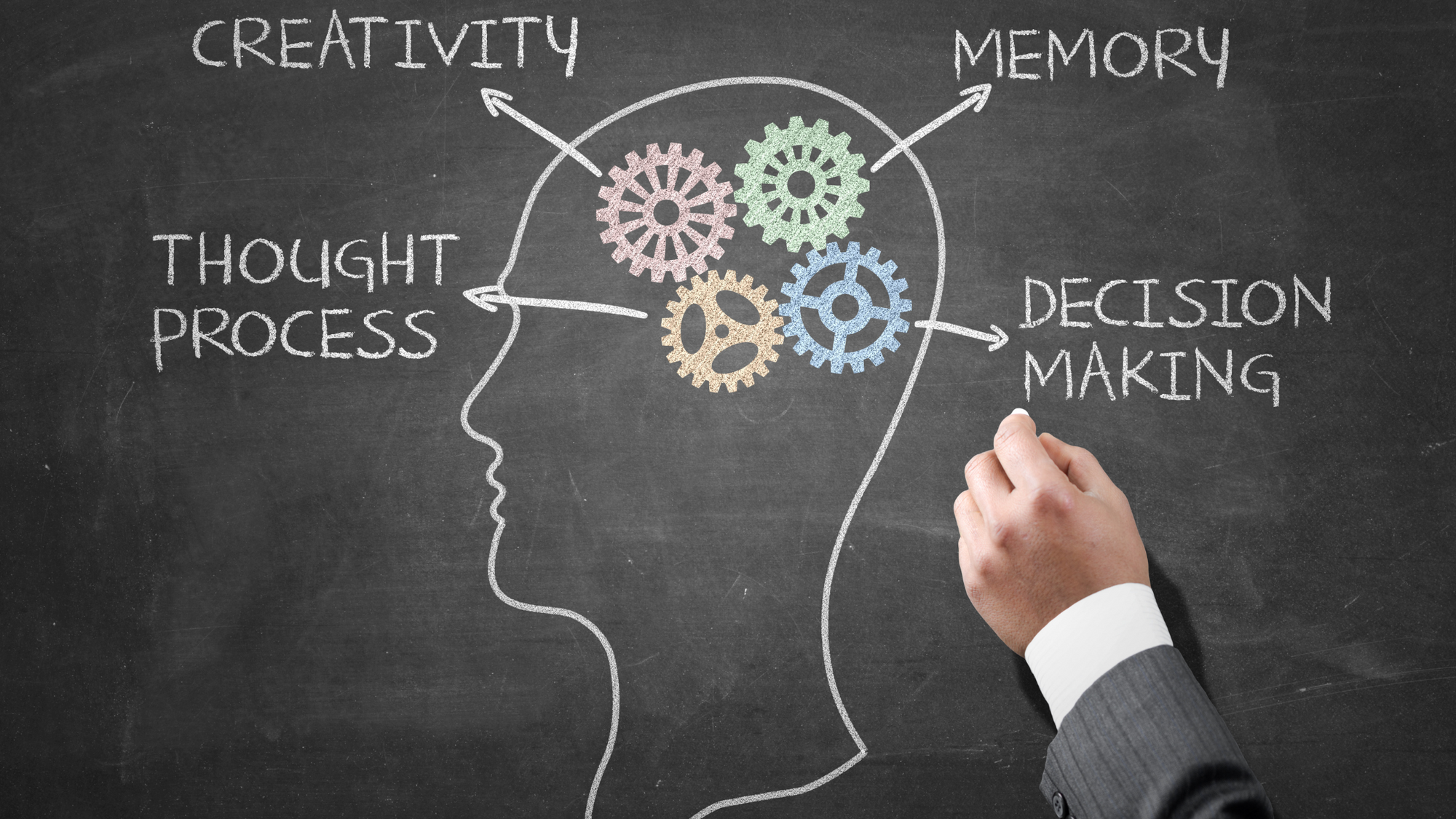
Have you ever heard the saying that some people are “left-brained” while others are “right-brained”? This idea has been around for a long time and is often used to explain differences in thinking and behavior between individuals. But is there really such a thing as being left-brained or right-brained? And if so, which one are you?

Where Did the Theory of Left Brain vs Right Brain Come From?
This notion is based on the idea that the brain is divided into two hemispheres – left and right – each with its own unique functions. The left hemisphere is said to be responsible for logical and analytical thinking, language, and math. Meanwhile, the right hemisphere is associated with creativity, intuition, and emotions.
This theory gained popularity in the 1960s when neurobiologist Roger W. Sperry, a Nobel Prize winner in physiology or medicine, conducted experiments on patients with split brains. These patients had their corpus callosum, the bundle of nerves that connects the two hemispheres of the brain, severed to treat severe epilepsy. Sperry found that when the two hemispheres of the brain were disconnected, each side appeared to have its own distinct functions.
While there are certainly differences in the functions of the two hemispheres, research has shown that the brain is far more complex than simply being “left-brained” or “right-brained”. Although the theory has been somewhat oversimplified in recent years, it can help convey how there is more than one type of intelligence.

The Reality of Brain Function
Research has shown that while certain activities may activate one hemisphere of the brain more than the other, both hemispheres are constantly communicating and working together. In fact, it’s rare for one hemisphere to work completely independently of the other.
For example, when you read a book, you may think that you are using your left hemisphere to process the words and language. However, your right hemisphere is also engaged in recognizing patterns and making sense of the overall meaning of the text. Similarly, when you engage in creative activities like painting or playing music, you may think that you are using your right hemisphere exclusively. However, your left hemisphere is also involved in planning and executing the physical movements involved in those activities.
It’s also worth noting that brain function can vary widely between individuals. While some people may have a natural inclination towards certain types of thinking, it’s not accurate to say that someone is completely left-brained or right-brained.
The Benefits of Whole Brain Thinking
While the theory of left brain vs right brain may not be entirely accurate, it’s still useful to think about the different types of thinking associated with each hemisphere of the brain. By recognizing your own strengths and weaknesses in terms of analytical thinking versus creative thinking, you can learn to better utilize both sides of your brain.
Whole brain thinking, which involves integrating both analytical and creative thinking, can lead to greater innovation and problem-solving abilities. By using both sides of your brain, you can approach challenges from multiple angles and come up with more creative solutions.
Not only that, but engaging and challenging your brain wholly, like learning a new language or practicing meditation, can help keep it active while combating risks of brain fog and dementia.
How to Foster Whole Brain Thinking
If you want to foster whole brain thinking, there are a few things you can do. First, try to engage in activities that involve both analytical and creative thinking. For example, if you’re a math whiz, try taking up a creative hobby like painting or writing. Or if you’re an artist, try learning a new skill like coding or data analysis.
You can also challenge yourself to think outside the box and approach problems from different angles. Instead of always relying on your natural strengths, try to find ways to incorporate the other side of your brain into your thinking.
You shouldn’t rush yourself to leave your comfort zone if you’re not in a proper state of mind, but acquiring a growth mindset will take you far, and not just in terms of whole brain development.
Wrapping Up — Knowing Your Brain
In the end, knowledge is power, and knowing whether you’re inclined to left- or right-brained thinking can help you identify areas of growth and opportunities to hone your strengths. If you’re looking to train your brain or just understand yourself better as a whole, then a CircleDNA test can equip you with the knowledge to thrive. With genetic reports on your natural talents, predisposed disease risks, nutrition and fitness, and much more, you can make DNA-informed choices that make optimal changes according to your genetic makeup.






